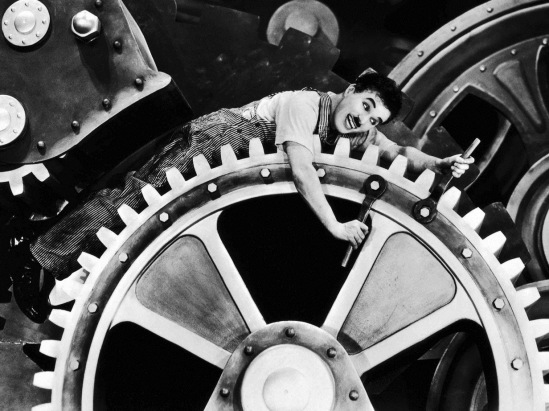
Here is the abstract for Steven Shaviro’s paper on the panel “Post-Cinematic Affect: Theorizing Digital Movies Now” at the 2013 SCMS conference (Session H — Thursday, March 7, 2013, 3:00 – 4:45 pm):
Angel of Fire: Post-Continuity in Tony Scott’s Domino (2005)
Steven Shaviro
The late Tony Scott was a mainstream Hollywood director: a maker of big-budget, crowd-pleasing action films featuring major stars. But he was also one of the filmmakers who most thoroughly explored the new formal and expressive possibilities offered by recent digital technologies. His movies are filled with dazzling displays of virtuosity in cinematography and editing, even as they tell stories that largely follow well-established genre norms. Scott’s films utilize all the traditional mechanisms of narrative organization and audience identification with characters, but they also engage in an aggressively digressive “cinema of attractions.” This odd combination of effects and affects has caused Tony Scott to be celebrated and cherished by some cineastes, and reviled by many more. In my talk, I will explore Tony Scott’s “disjunctive synthesis” of old and new — a synthesis that is not only seen on the level of diegetic form (narrative structure vs. attractions), but also on that of the technological means of cinematic production (century-old hand-cranked cameras vs. heavy digital processing) and on that of the ways that technology is represented within the films (a love for older technologies such as trains vs. a radical immersion in video and Internet-based technologies). I will argue that Scott’s adoption of a “post-continuity” style (going beyond the limits of what David Bordwell calls “intensified continuity”) works to embody and express the explosive tensions of what I have elsewhere called “post-cinematic affect.” This style does two things. On one hand, it expresses the only possible form of subjectivity in a world in which, as Deleuze puts it, “the image constantly sinks to the state of cliché.” On the other, it renders, in audiovisual forms, the impalpable circulation of money, affects, and other forms of value in the post-spectacular society of 21st-century America. My talk will center on Domino (2005), Scott’s most audiovisually extravagant and audacious (and commercially least successful) film.
Bibliography:
Bordwell, David. “Intensified Continuity: Visual Style in Contemporary American Film.” Film Quarterly, Vol. 55, No. 3. (Spring, 2002), pp. 16–28.
Deleuze, Gilles. Cinema 2 (1989). Trans. Hugh Tomlinson and Robert Galeta. University of Minnesota Press.
Knapp, Larry. “Tony Scott and ‘Domino’: Say Hello (and Goodbye) to the Post-classical”. Jump Cut 50, 2008. Available online at http://www.ejumpcut.org/archive/jc50.2008/DominoKnapp/index.html
Stork, Matthias. “Acid Aesthetics: Tony Scott’s Cinema of Chaos”, SWTX Popular and American Culture Conference, Albuquerque, New Mexico, February 2012.
Vishnevetsky, Ignatiy. “Smearing the Senses: Tony Scott, Action Painter”. August 22, 2012, http://mubi.com/notebook/posts/smearing-the-senses-tony-scott-action-painter





